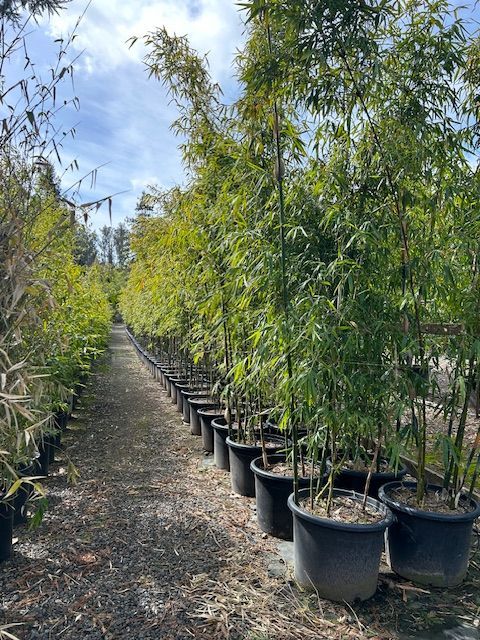Watering Your Jungle Bamboo and Palms
Ensuring optimal irrigation practices for newly installed jungle bamboo and palms is paramount for their long-term health. We strongly advise customers to implement drip irrigation immediately to prevent moisture loss and promote robust root establishment. Initially, water them in and set up drip irrigation for three days per week, adjusting as needed for larger trees and maintaining a consistent schedule throughout the winter months to prevent drying out during periods of low rainfall. After the first season, consider reducing the frequency to twice a week for deep-rooted plants, but continue to monitor soil moisture regularly using your finger to ensure they receive adequate hydration.
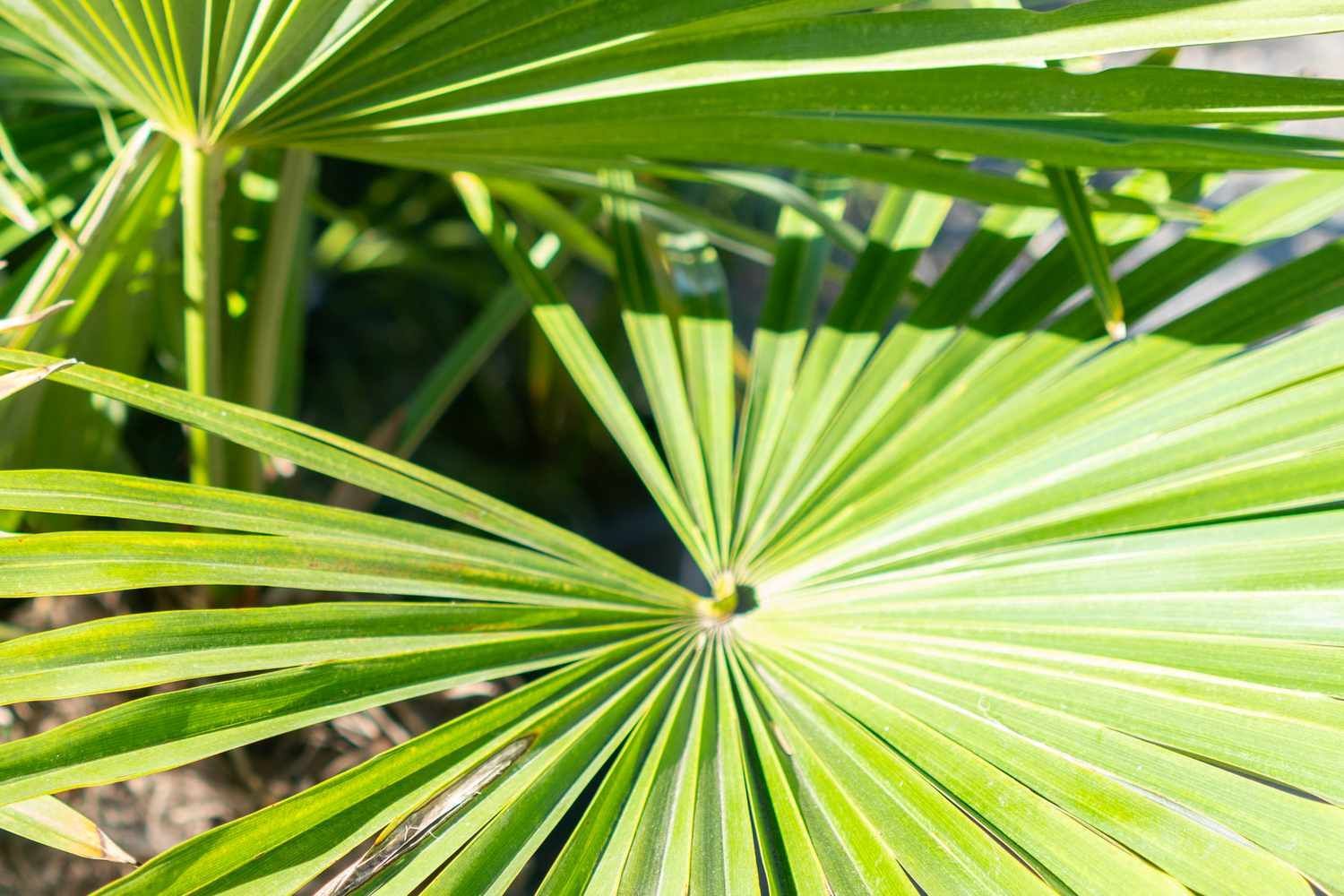
In addition to proper irrigation, mulch application plays a crucial role in maintaining soil moisture and regulating temperature for newly planted jungle bamboo and palms. Apply a 2-3 inch layer of organic mulch around the base of the plants, ensuring it is spread evenly and not piled against the stems to avoid rot. Mulch not only conserves moisture but also suppresses weeds, which can compete with your plants for water and nutrients. Replenish the mulch as needed, especially after heavy rains or strong winds, to maintain its effectiveness. By combining effective irrigation with regular mulching, you create an ideal environment for your jungle bamboo and palms to thrive and establish a strong foundation for future growth.
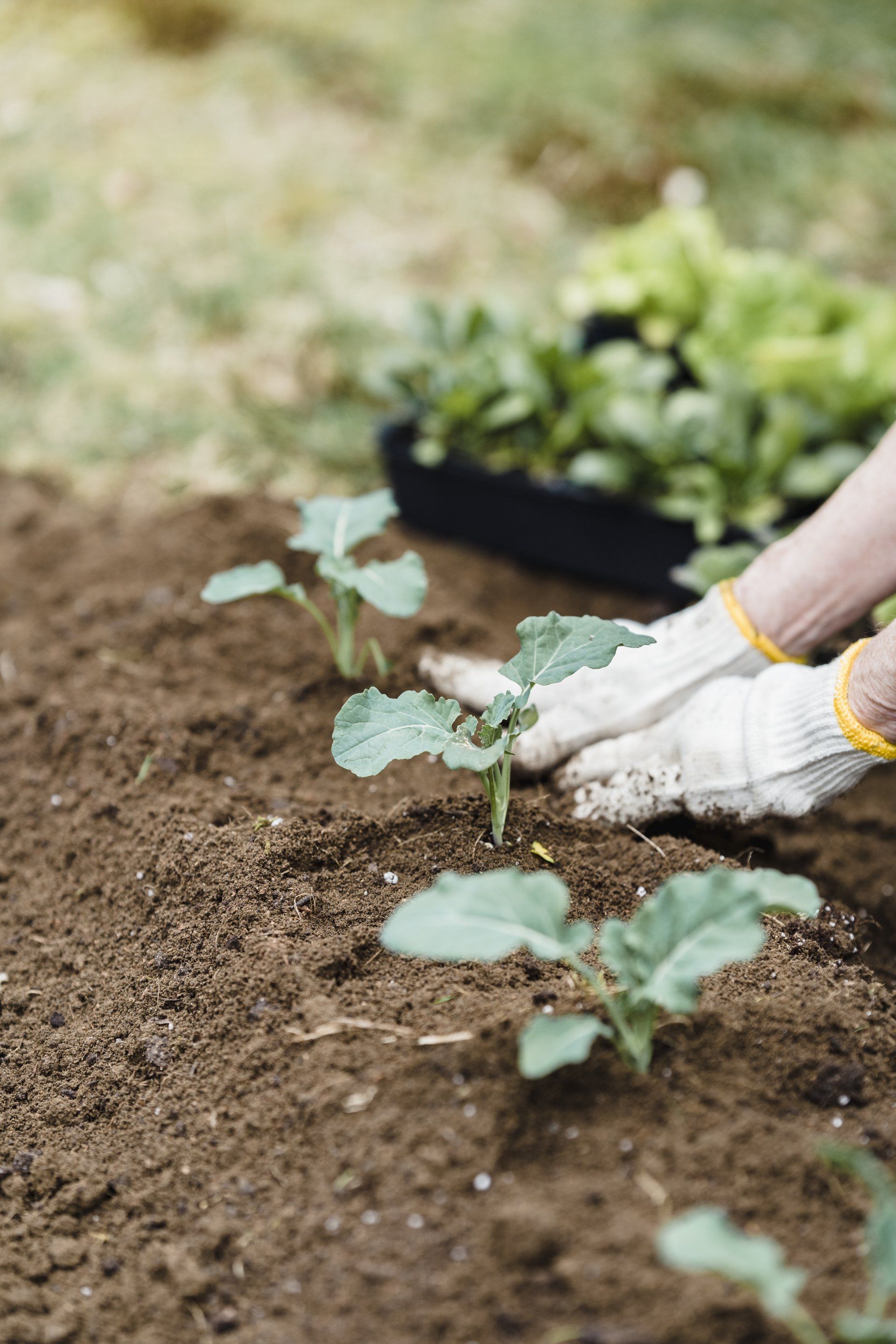
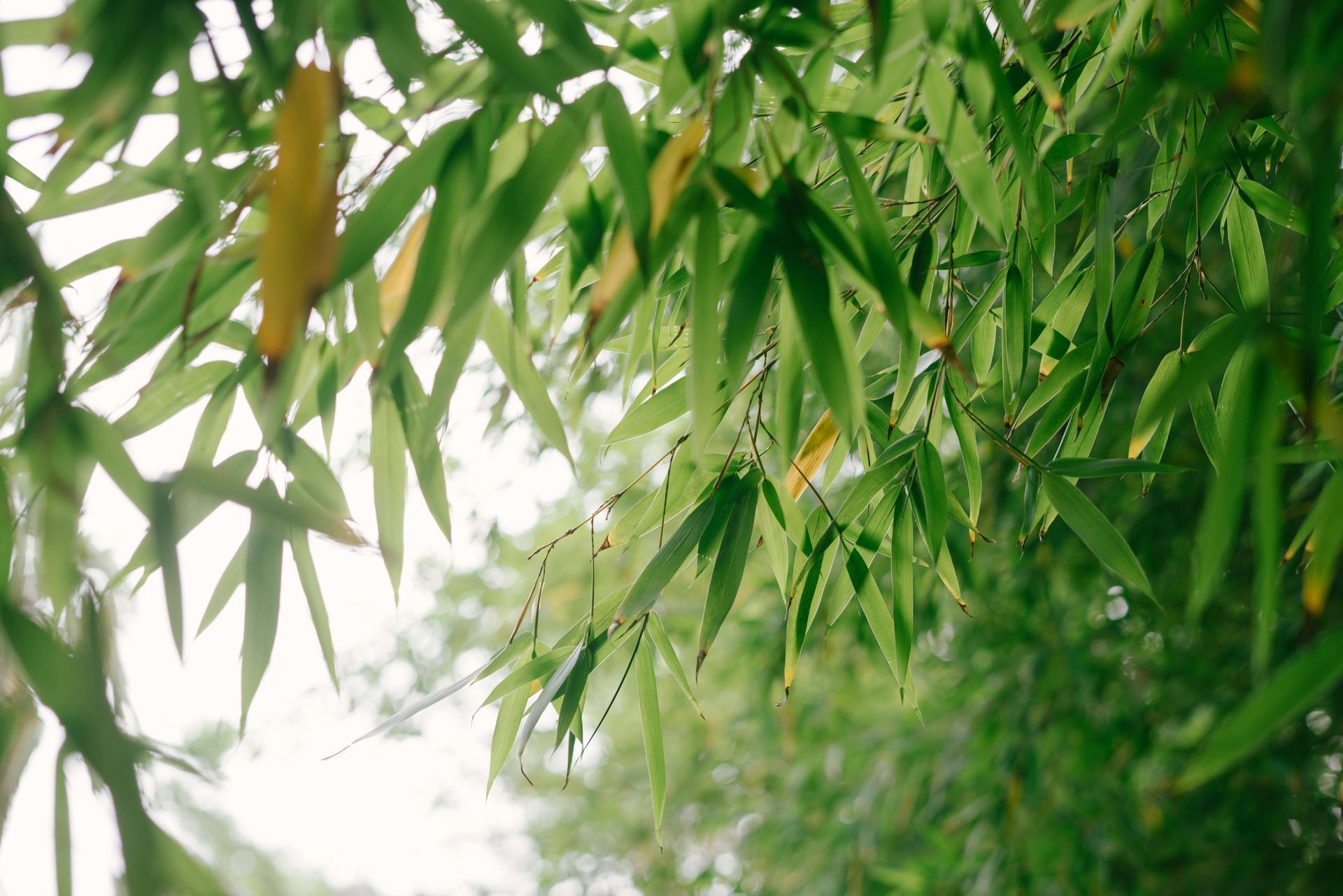
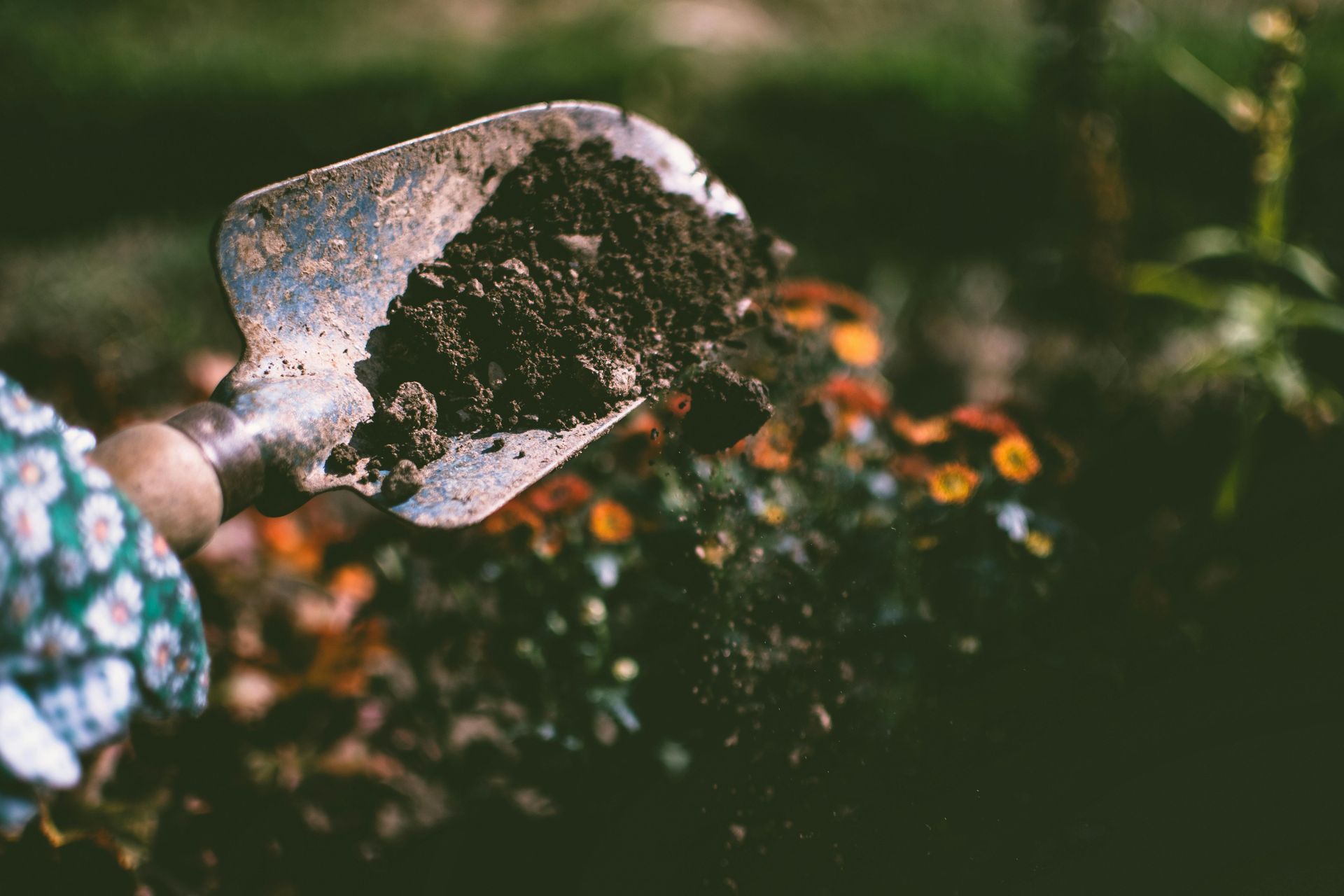
Jungle Bamboo
and Palm Nursery
Address: 503 W Railroad Ave, Cotati, CA, 94931, United States
Email: andrewkimes8@gmail.com

